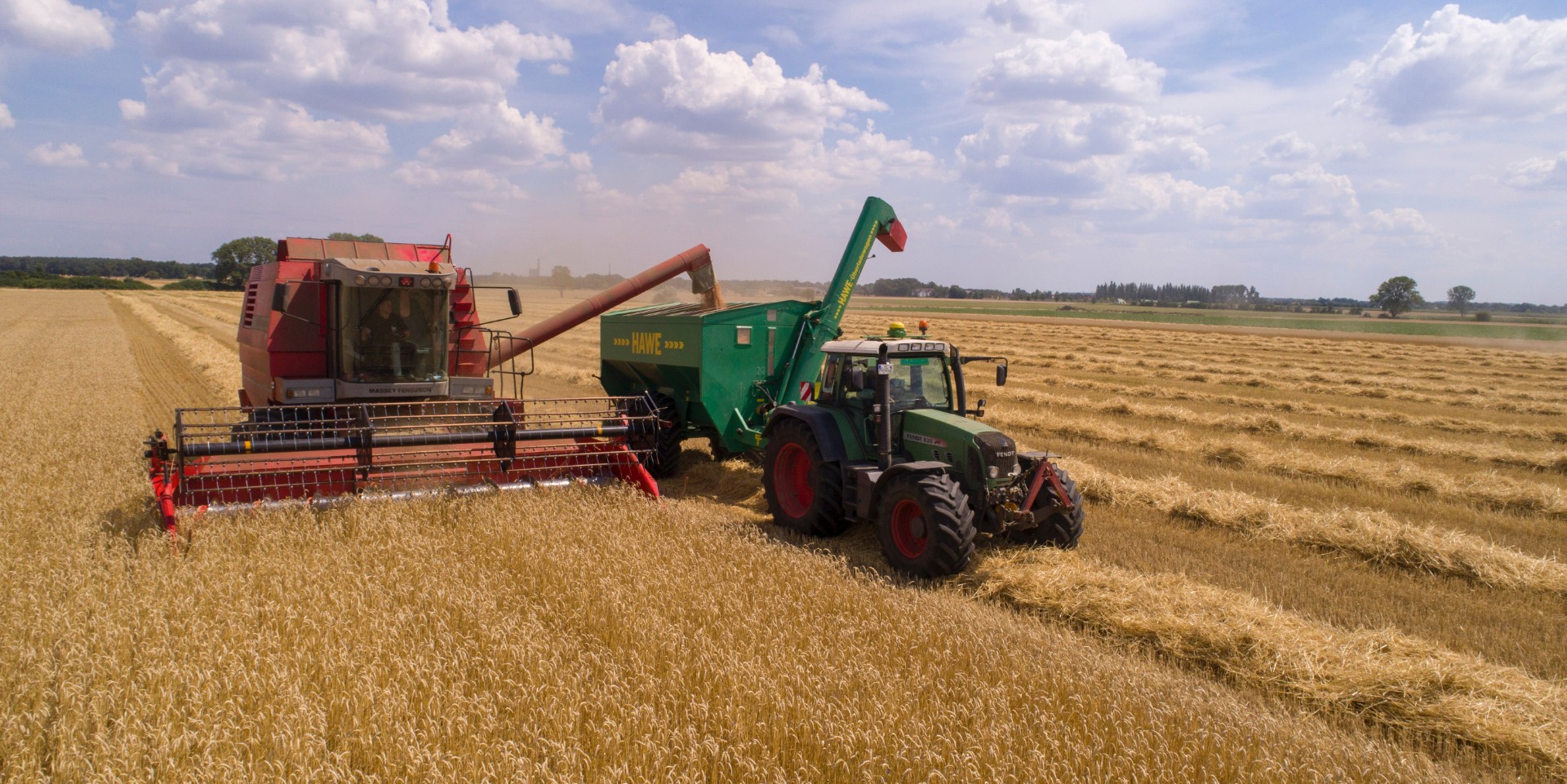
Though grain augers have made farming tasks much easier, they are one of the main causes of injury and death in agribusiness.
Use these reminders and guidelines to reduce your risk of injury while operating a grain auger.
Leave a Shield in Place
Intake screens located at the base of an auger prevent your hands and feet from getting caught between the auger screw and tube.
- Do not operate driven grain augers if the shield is missing or damaged.
- Ensure that screens are in place when using augers with a belt or chain drive system.
Emptying an Auger
Always let the auger rattle empty before stopping it to prevent the grain bin from flipping over. This can cause injury to the operator, bystanders and can also damage the machine itself.
Adjust Heights Carefully
Grain augers can only be raised to a certain height safely. Not to mention, many augers do not have stops at the end of the track.
- Never raise an auger above its recommended height – use a longer auger if you need more height.
- Watch out to make sure that the supports do not come to the end of the track and cause the auger to come crashing down.
Let Go of the Crank
Do not grab a height-adjusting crank if it gets out of your grasp. The auger will come down fast, but you could break an arm trying to grab it to slow down the crank.
Block Augers in Place
- Keep a grain auger in place by putting blocks in front of and behind the wheels.
- Anchor the bottom end of an auger to the ground.
- Place augers at ground level on a stable surface.
Other Precautions
- Wear tight-fitting clothing when working near grain augers – loose clothes can easily become entangled in moving parts.
- Stop an auger if debris such as straw or chaff gets stuck. Remember to never use your hands or feet to remove the debris.
Take your employee safety efforts to the next level. Download a free copy of our Agriculture Employee Safety Manual for policies and procedures that support a safety-conscious work environment.


